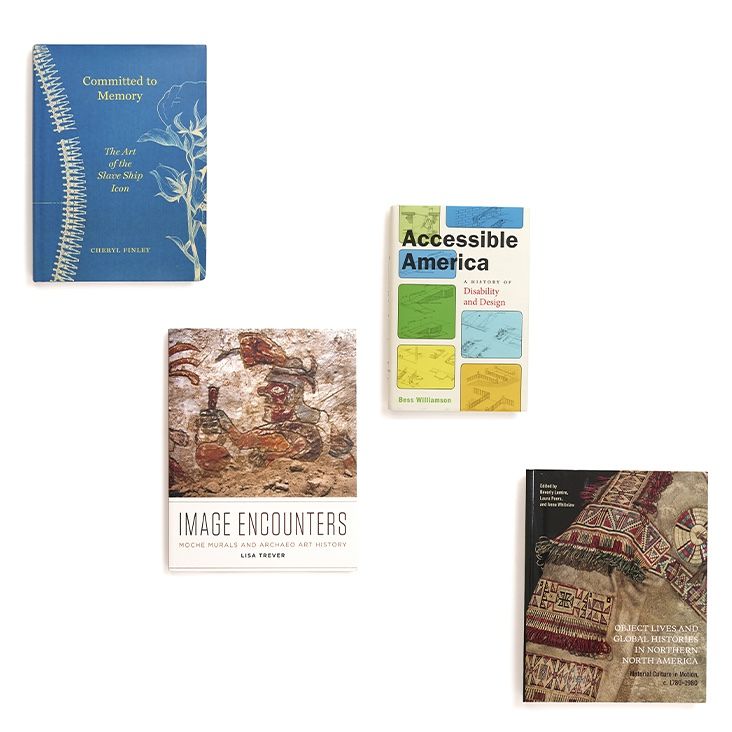
Mountain sheep horn
Collected by George T. Emmons in 1885
American Museum of Natural History 19/696
This steamed and carved horn bowl was likely intended for oil rendered from the eulachon fish, a delicacy at potlatch feasts. The identical faces on either end, described as owls by Emmons, are identified by the AMNH and contemporary Haida artist Michael Nicoll Yahgulanaas as hawks. These conflicting interpretations highlight the ambiguity of ornamentation, a salient feature of many objects from the Northwest Coast. The rim of the bowl features small nucleated holes—an ancient design element common to the entire coast and Arctic—that could represent halibut skin, the suckers on devilfish tentacles, or the spots on a seal’s back. Formerly the property of a Stikine Tlingit chief, it was collected among the Yakutat Tlingit but reportedly made by the Haida, who traded for horn with the mainland Tsimshian. An item of Native exchange, the bowl was designed initially for ceremony, gifted or traded to a foreign chief, and eventually purchased by Emmons. Its hybrid ornamentation and complex biography illustrate how objects transform back and forth between cultural and commercial capital.
Click here for a discussion about this object (Marcia Crosby)
Click here for a discussion about this object (Michael Nicoll Yahgulanaas)











